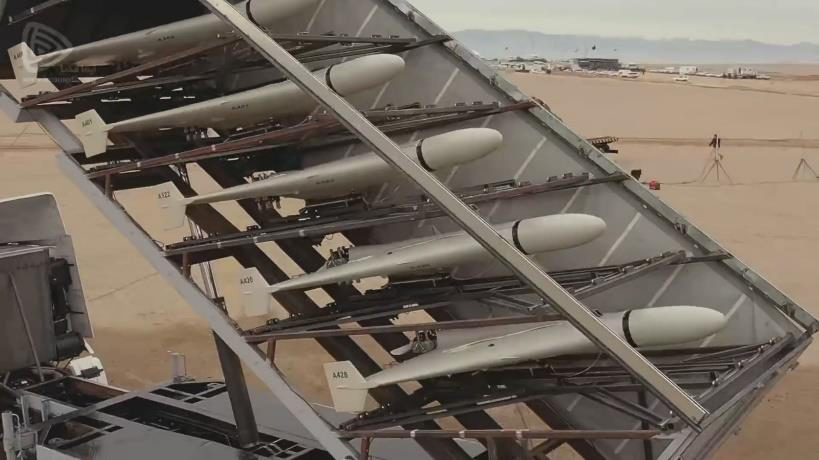Recent Russian actions signal a realisation that the Ukraine will not be integrated into an enlarged Russia governed by a compliant pro-Russian administration. President Putin has targeted Ukrainian power stations with Iranian manufactured HESA Shahed 136 loitering munitions. In addition to destroying or severely damaging electricity production facilities civilians have been killed and injured when living accommodation has been struck.
Officially entering Iranian service in 2021, the Shahed 136, designated by Russia Geran-2 (Geranium), has previously been used in offensive operations by the Iranian backed Houthi forces in Yemen and by the IRGC (Islamic Revolutionary Guard Corps) against dissident Iranian Kurdish Groups based in Northern Iraq.
The drone has a cropped delta-wing shape, with a central fuselage and stabilising wing tip rudders. The 40 kg warhead is located in the nose section and is believed to be blast fragmentation. Precision attack optics are also contained in the nose section, with the rear-mounted engine driving a two-bladed pusher propeller. The drone is 3.5 metres long, has a wingspan of 2.5 metres, weighs approximately 200 kg and is capable of speeds in excess of 185 km/h. Ground targets can be targeted at a range to 2,500 km.
Launch is assisted by a rocket which is jettisoned post launch, with the Iranian-manufactured Mado MD-550 four- cylinder piston engine powering the drone for the remainder of the flight. At an estimated cost of US$20k per unit the Shahed 136 is fired in multiples of 5 from a portable launch rack, with the rack able to be mounted on a variety of vehicles.
In-flight destruction methods include engagement of the Shahed 136 with surface-to-air missiles, air-to-air missiles and concentrated small arms fire.
